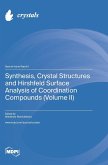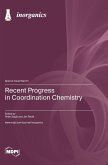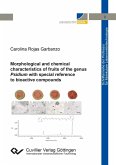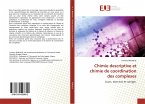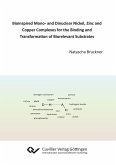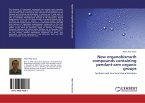Scientific Study from the year 2024 in the subject Chemistry, , language: English, abstract: The monorgaph is dedicated to the development of a new approach to the synthesis of multinuclear copper compounds, which consists in oxidative dissolution of copper powder in the presence of copper(II) halides in non-aqueous solution of organic ligands on air. The difference of the proposed approach from the widely used direct synthesis with ammonium salts is the use of copper(II) halides, which simultaneously act as a controlled source of anions and a primary oxidant of metallic copper. The optimal conditions for the synthesis of copper(II) pyrazole-containing complexes were selected. It was shown that the optimal molar ratio between reagents for the synthesis of µ3-oxocentric trinuclear copper(II) pyrazole-containing complexes is 1:1:2 (copper:copper(II) halide:pyrazole ligand). The final products are formed after the stage of formation of known trinuclear copper(I) compounds. The formation of mainly tetranuclear compounds [Cu4(µ4-O)(µ2-X)6(L1)4] (X ¿ Cl, Br; L1 ¿ 3,5-dimethyl-1¿-pyrazole, 1¿-pyrazole) occurs when the molar ratio is changed to 1:2:3. Most of the first synthesized coordination compounds have a molecular structure and consist of neutral particles. X-ray powder diffraction confirms the crystalline nature of some analyzed samples and the formation of individual compounds. Thermogravimetric analysis of some compounds showed that these complexes are stable to a temperature of 100 ¿¿.
Hinweis: Dieser Artikel kann nur an eine deutsche Lieferadresse ausgeliefert werden.
Hinweis: Dieser Artikel kann nur an eine deutsche Lieferadresse ausgeliefert werden.


